There’s a common belief that many university students take English classes merely to pass a course and graduate, with few actually aspiring to learn English for academic success, enhanced career opportunities, or global travel.
In both scenarios, it’s common to encounter students who feel unmotivated and disengaged in classes. This often due to traditional lecture-based teaching, where grammatical rules are presented in isolation, disconnected from real-life applications. This leads to questions like: «What’s the point of learning this?» or «Can’t we move beyond the verb ‘to be’?» and the frequent complaint, «The teacher talked and talked, and I didn’t understand a thing.»
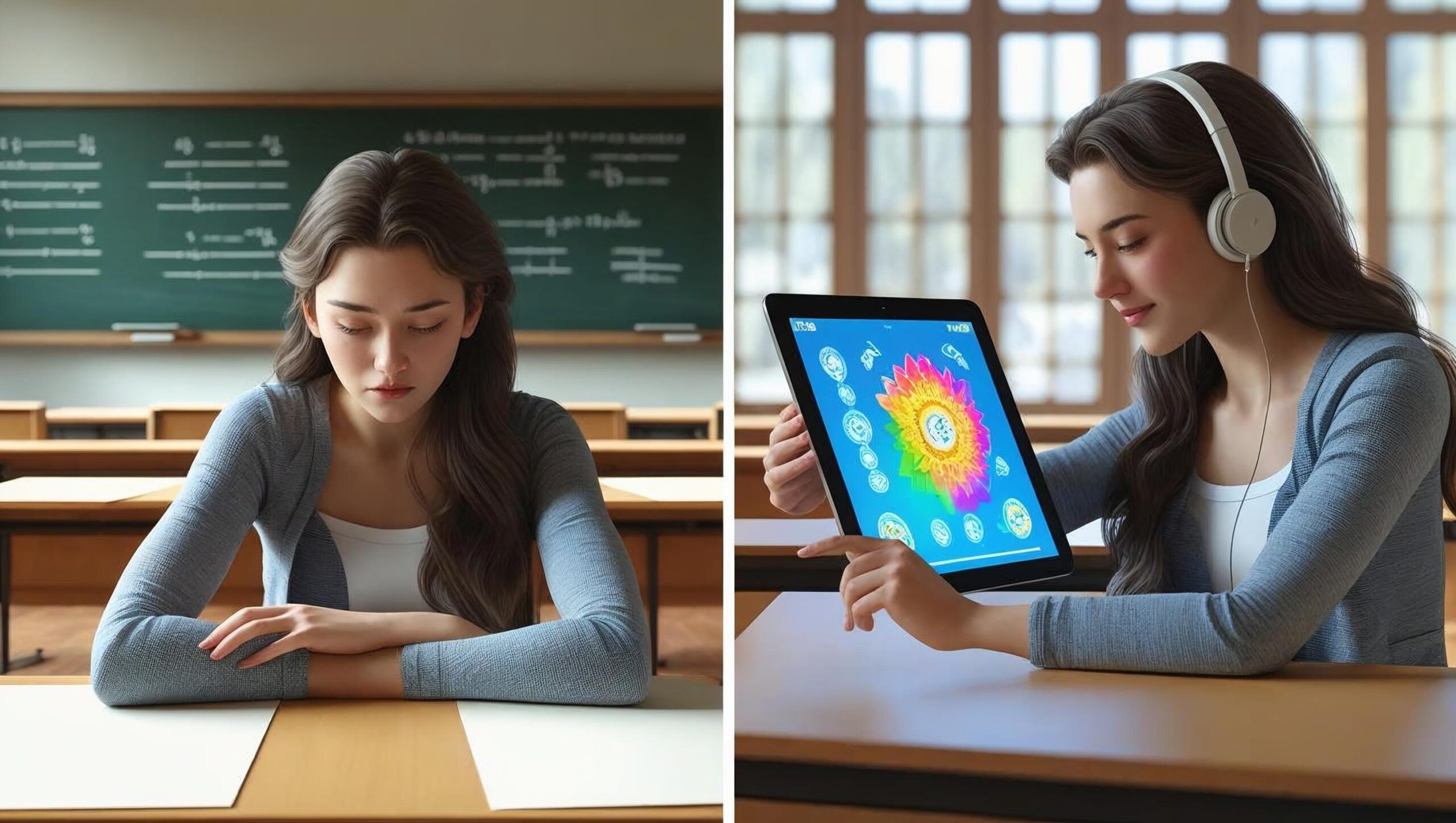
Shifting Methodologies
The key to transforming this educational landscape lies in shifting from static methodologies to dynamic, student-centered approaches. This involves connecting academic content with authentic, real-life scenarios, empowering students to become active protagonists in their own learning journeys.
This is precisely where transmedia storytelling (TS) is revolutionizing learning processes. But, what is transmedia? Well, many scholars have been studying it. Let’s see some definitions here: Scolari (2013, p.5) defines TS as “a narrative form in which the story unfolds across multiple media and communication platforms and in which a portion of the consumers assume an active role in the expansion process.” He deepens this concept by including that TS “is a particular narrative form that expands across different systems of meaning (verbal, iconic, audio-visual, interactive, etc.) and media (cinema, comics, television, video games, theatre, etc.)” (Scolari, 2013, p.20).
By leveraging its principles and characteristics, we can enable English students to navigate interconnected content across various platforms, with each platform contributing uniquely to the main learning objective, because This approach encourages active, student-centered learning. Jenkins (2003), known as the father of Transmedia states, «a transmedia story is developed across multiple media platforms, and each new passage makes a specific and valuable contribution to the whole.» (Jenkins cited by Andrade-Velásquez & Fonseca-Mora, 2021).
«TS is a particular narrative form that expands across different systems of meaning (verbal, iconic, audio-visual, interactive, etc.) and media (cinema, comics, television, video games, theatre, etc.)” (Scolari, 2013, p.20).
How to do it?
For instance, imagine a lesson on the Present Simple tense. A teacher could create a blog post (much like this one!) explaining its definition, rules, uses, examples, and providing some foundational exercises. On another platform, such as Wordwall, Wayground, or Quizlet, interactive games could be designed, allowing students to have fun while reinforcing and deepening their understanding of the theory introduced in the blog. Finally, on an audiovisual content platform familiar to students, like Instagram, a series of short videos or «reels» could feature real people engaging in activities typically described using the Present Simple. These could show interactions between young people demonstrating diverse contexts for the tense: expressing emotions, providing personal information, discussing professions, recounting favorite activities (likes/dislikes), or describing daily routines, among many other authentic interactions. This aligns with the idea that digital media can create learning contexts that mirror students’ daily lives (Andrade-Velásquez & Fonseca-Mora, 2021).
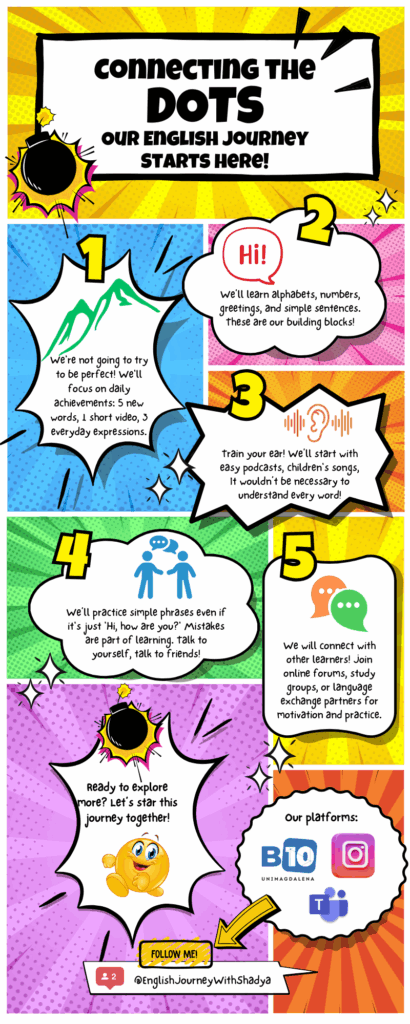
This immersive digital experience must be directly correlated with in-classroom activities. In this way, what were once passive lectures become dynamic, didactic, and interactive spaces. Students actively connect content, achieve expected learning outcomes, and gain a fun and enriching experience. This approach transforms students from passive consumers into active «prosumers» of messages across different platforms or media, which is highly beneficial for language learning (Andrade-Velásquez & Fonseca-Mora, 2021).
By adopting transmedia storytelling, we can bridge the gap between students’ informal online engagement and academic learning, leveraging their familiarity with English in digital contexts to expand their proficiency in formal settings (Rodrigues & Bidarra, 2016). This not only improves learning outcomes but also aligns with the push toward digitalization in education, letting students succeed in a globally connected world.
Now, let me ask you… Have you ever heard about this concept before? Have you ever had an experience with transmedia? Let me know in the comments!
References
Andrade-Velásquez, M.R., & Fonseca-Mora, M.C. (2021). Transmedia storytelling in foreign language learning. Revista Mediterránea de Comunicación/Mediterranean Journal of Communication, 12(2), 159-175. https://www.doi.org/10.14198/MEDCOM.17795
Jenkins, H. (2003). Transmedia Storytelling. MIT Technology Review. [Online]. Retrieved from https://n9.cl/ymr1p
Rodrigues, P. & Bidarra, J. (2016). Transmedia Storytelling as an Educational Strategy: A Prototype for Learning English as a Second Language. International Journal of Creative Interfaces and Computer Graphics, 7(2), 56-67. 10.4018/IJCICG.2016070105.
Scolari, C. (2013). Narrativas transmedia: Cuando todos los medios cuentan. Communication Papers, Deusto: Barcelona. https://doi.org/ft75
T0 dieron "Me gusta"Publicado en Educación



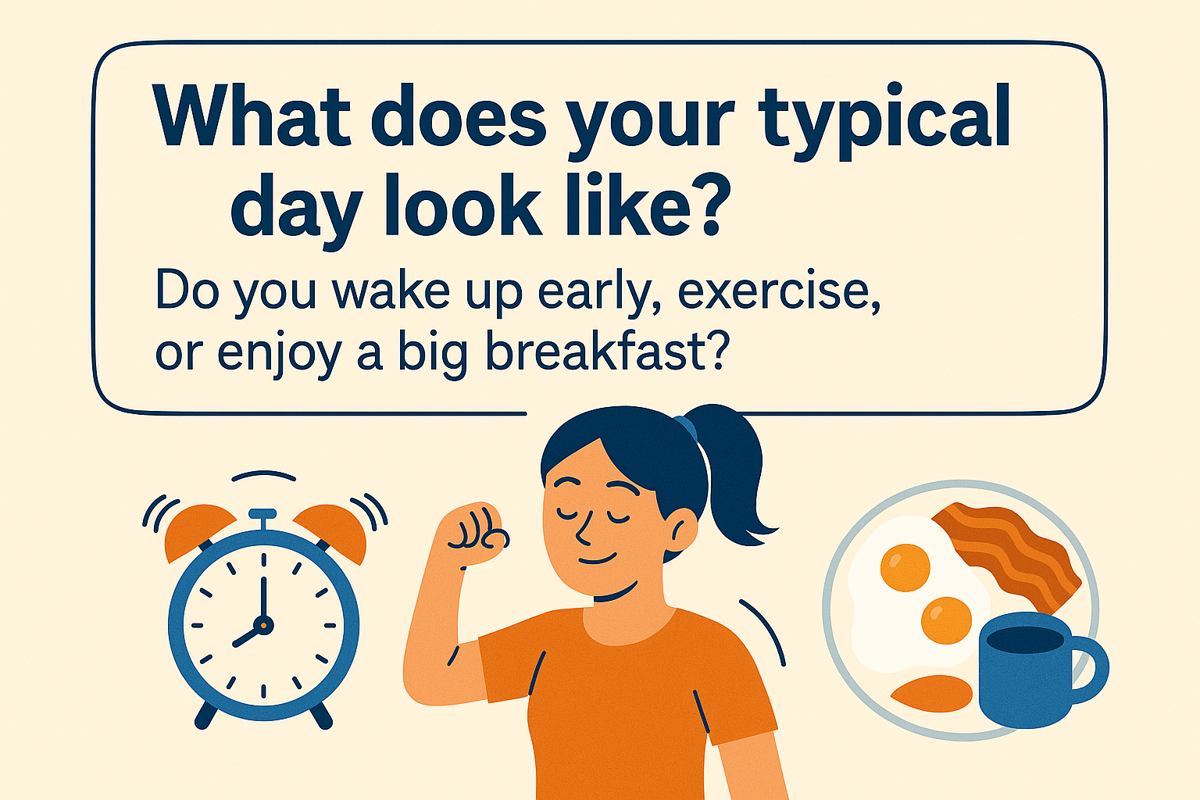
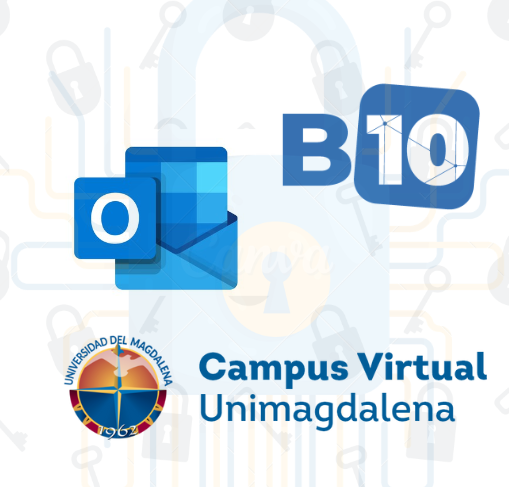
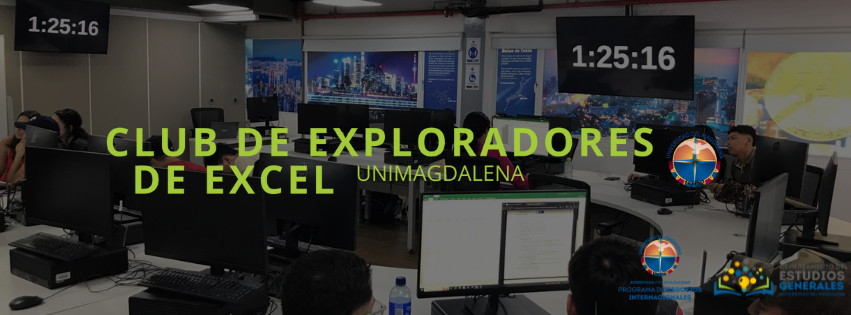



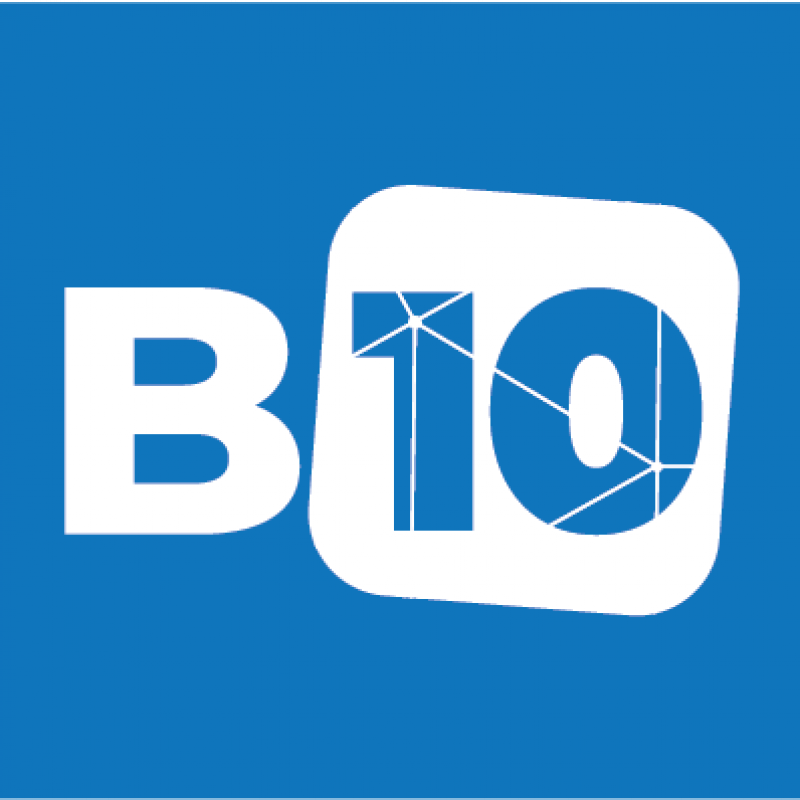
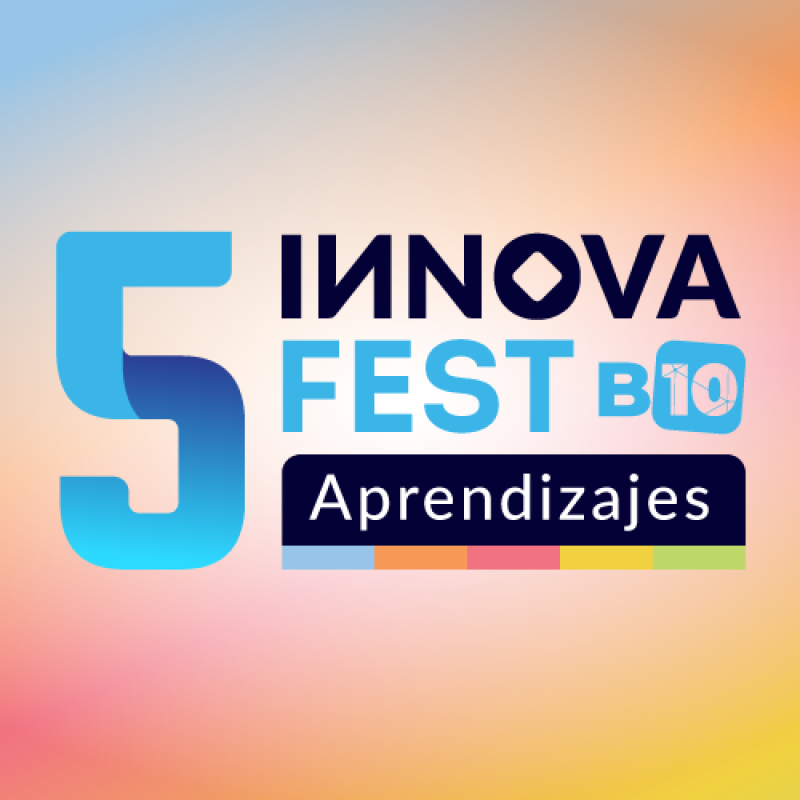

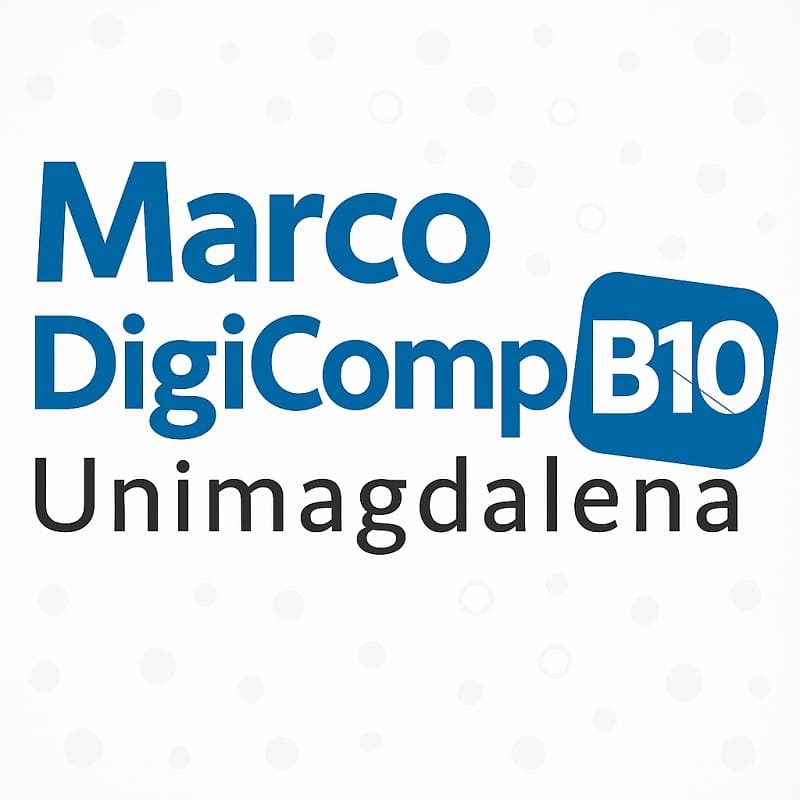
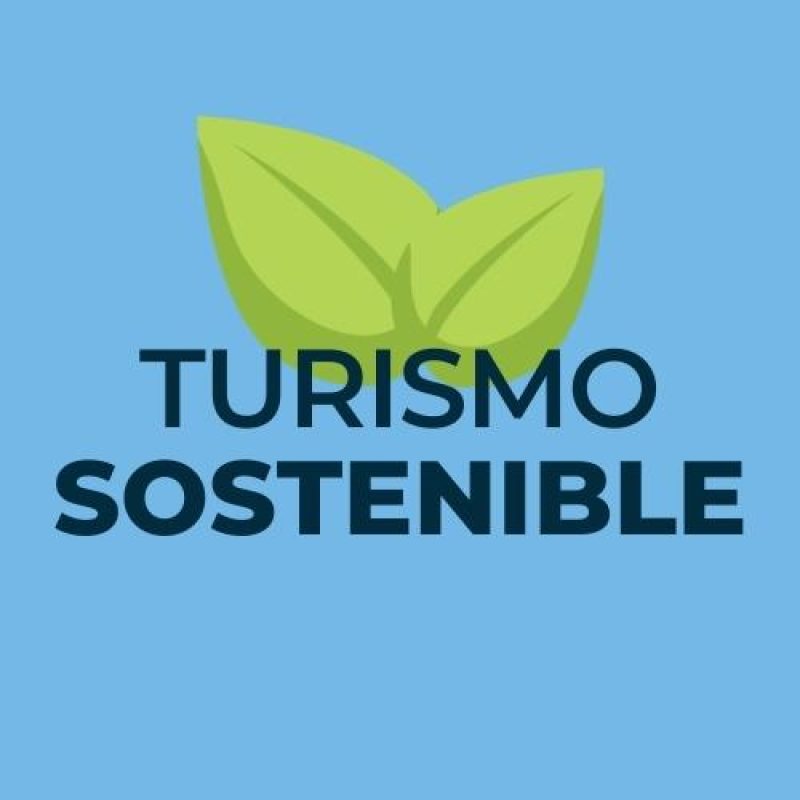
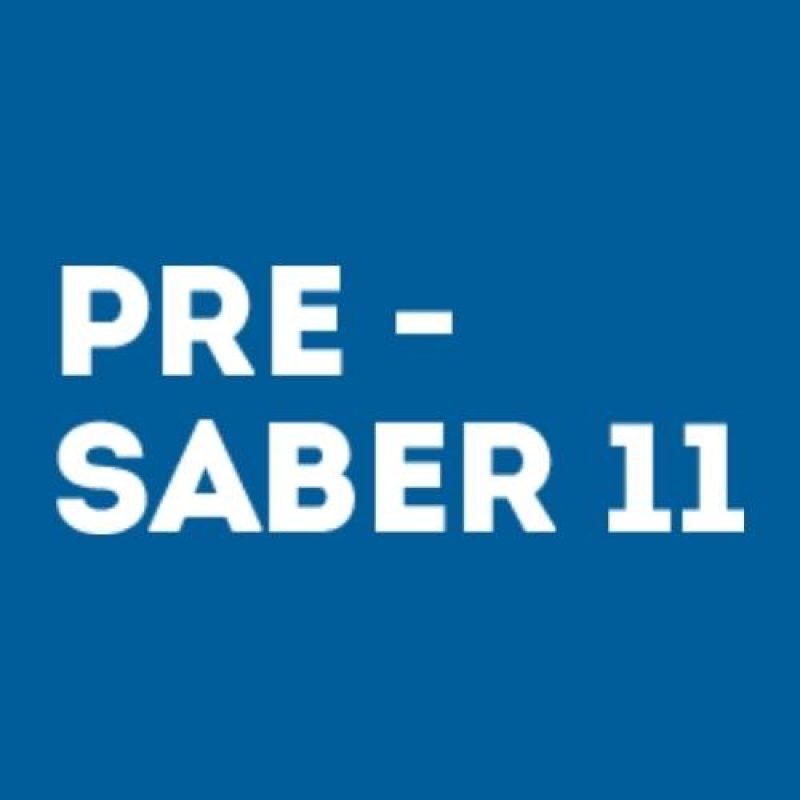
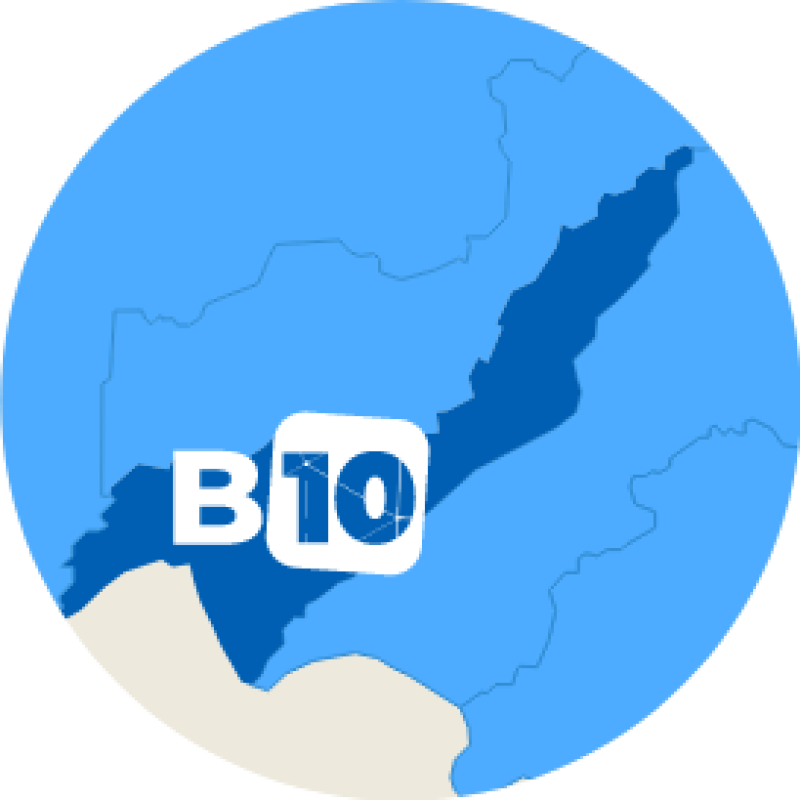
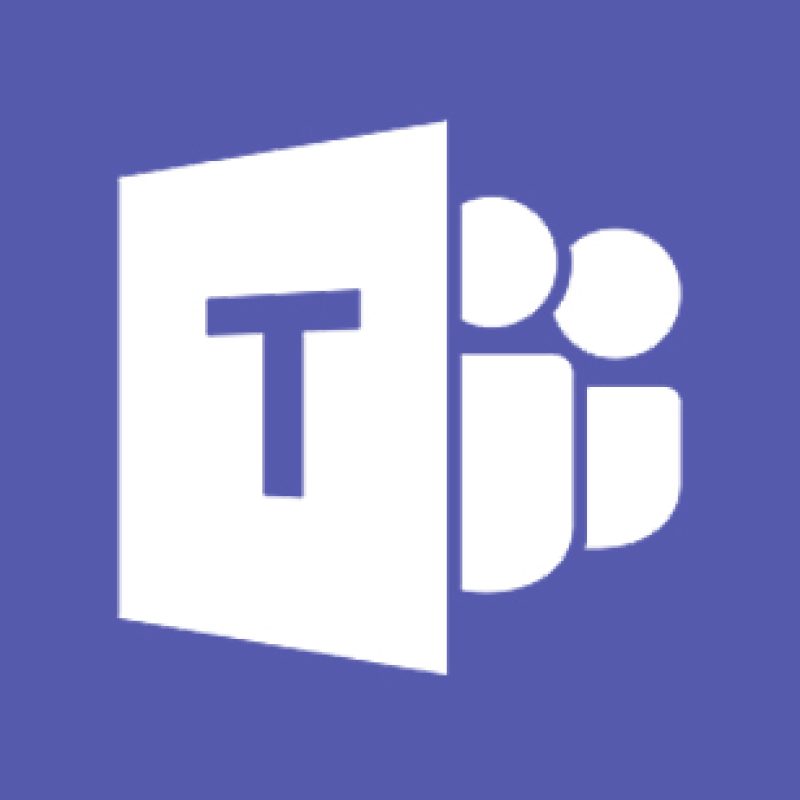

Comentarios